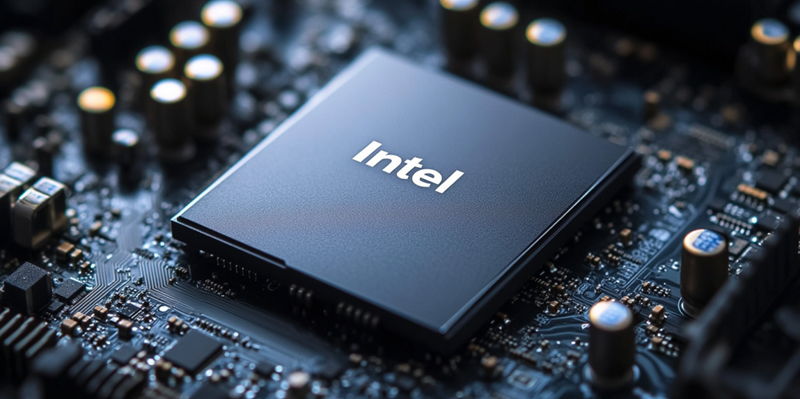The technology market is often dominated by two giants, Nvidia and AMD, especially when it comes to graphics processing units (GPUs). However, Intel’s recent launch of the Arc B580 GPU is set to disrupt that status quo. Notably, the Arc B580 has outperformed Nvidia’s RTX 4060 and AMD’s RX 7600 in Vulkan benchmark tests, showcasing its superior gaming prowess. Priced at $249, the Arc B580 offers better value compared to Nvidia’s $299 option. With 12GB of VRAM, it surpasses the typical 8GB found in most budget GPUs, thereby providing a substantial upgrade for gamers and creators alike.
Intel’s Strategic Focus and Competitive Pricing
Intel’s strategic approach with the Arc B580 does not only focus on performance but also on affordability. By pricing the Arc B580 at $249, Intel is targeting a wider audience, especially those who are budget-conscious yet require high performance. This competitive pricing effectively positions Intel as a formidable competitor to Nvidia and AMD, who have long ruled the budget and mid-range segments. The Arc B580’s 12GB of VRAM further makes it an attractive choice, meeting the growing demands of modern triple-A games, which necessitate higher VRAM for seamless performance. Intel’s entry creates a pivotal moment for the GPU market by setting a new standard in terms of performance and price.
Looking ahead, Intel’s move could prompt a shift in the GPU market dynamics. Traditionally, budget GPUs have offered 8GB of VRAM, a standard that Intel is now challenging with the Arc B580. As game developers continue to push the boundaries of graphics and computational requirements, the need for higher VRAM becomes apparent. Intel’s offering preempts this demand, thereby ensuring gamers get a product that remains relevant for a longer duration. This approach not only attracts immediate customers but also builds a foundation for future releases, potentially leading to increased brand loyalty.
AI Upscaling and Enhanced Frame Rates
A significant development accompanying Intel’s Arc B580 launch is the implementation of XeSS Frame Generation technology. This feature aims to enhance both frame rates and image quality, placing Intel in a competitive position alongside Nvidia’s DLSS and AMD’s AI upscaling efforts. AI upscaling is becoming a focal point in GPU technology, aiming to improve gaming experiences without the need for exorbitant hardware costs. By investing in this technology, Intel demonstrates its commitment to innovation and responsiveness to market trends.
Additionally, Intel’s focus on AI upscaling indicates a broader industry trend where GPU manufacturers aim to leverage AI to meet the evolving demands of gamers. The inclusion of XeSS Frame Generation in the Arc B580 signifies Intel’s dedication to staying ahead in the technology race, ensuring that the consumer gets a state-of-the-art product at a reasonable price. This strategy not only enhances the Arc B580’s appeal but also indicates Intel’s vision for the future of gaming, where AI-driven enhancements play a central role.
Future Prospects and Market Implications
The tech market often sees fierce competition between Nvidia and AMD, particularly in the realm of graphics processing units (GPUs). But Intel’s entry into this competitive field with their recent release of the Arc B580 GPU aims to shift the balance. Impressively, the Arc B580 has exceeded expectations by outperforming Nvidia’s RTX 4060 and AMD’s RX 7600 in Vulkan benchmark tests, establishing itself as a strong contender in gaming performance. At a price point of $249, it presents a compelling alternative to Nvidia’s $299 offering. The Arc B580 comes equipped with 12GB of VRAM, a significant enhancement over the 8GB typically found in most budget-friendly GPUs. This larger VRAM capacity provides a notable upgrade for both gamers and creators, who can now enjoy better performance and efficiency in their applications. Intel’s entry into the GPU market with the Arc B580 promises to shake things up, offering consumers more choices and potentially driving innovation while maintaining competitive pricing.

